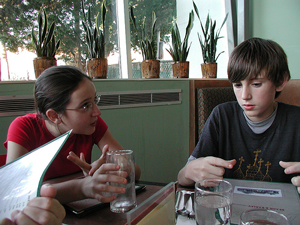
Source: conflict intensifies, David Crane, Flickr
As you learned in the previous section, the internal responses of the characters affect the plot. However, keep in mind—and this is where it gets tricky—that characters react to external events, which in turn cause them to have internal thoughts and feelings, which then form motivations in the characters, which then may cause other external events. The process goes round and round. Again, this is nothing new because this is precisely how life works. People react to different events, and those reactions lead to more events and reactions. In literary fiction, the same is true. Now, look more closely at how this cause-and-effect relationship works in literature.
Characters feel and think the same as you. These feelings and thoughts cause them to act in certain ways when faced with external actions (plot points). Characters, when faced with a certain situation, may react externally according to how they feel about what is taking place internally. The characters’ reactions then cause the next plot point or event. Why a character acts in a certain way is called a character’s motivation. A character’s motivation helps readers better understand what they’re reading because of the close relationship between character and plot. Understanding the motivations of a character and how they drive the plot helps readers become more connected to the story.
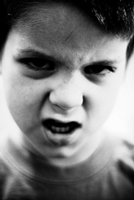
Source: Batman - 66/365: Anger, Jeremy Kunz, Flickr
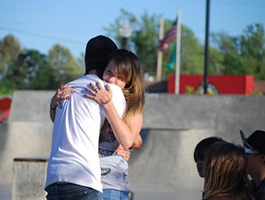
Source: Hugs, Kenneth Moore, Flickr
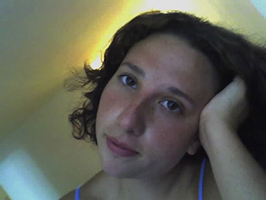
Source: Sad Mel, Jym Ferrier, Flickr
Here are some emotions that might provide motivation that an author would portray through the actions of the characters.
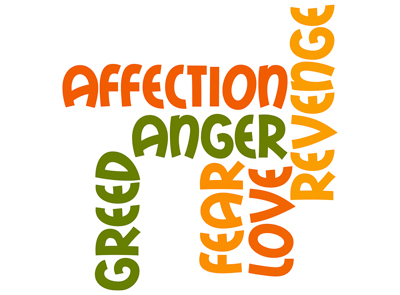
Fear
Love/affection
Anger
Greed
Guilt
Revenge
In real life, these emotions are often accompanied by conflicts of one sort or another. The same is true in most works of literary fiction because they are, after all, stories about real life. Authors use characterization to assign different qualities to their characters through descriptions—both physical and mental—interactions with other characters (dialogue), and interactions with plot (events). An author’s characterization of a character includes suggestions about motivation and conflict as well. Of course, a character can have several motivations for her actions—and many kinds of conflicts as a result—both internal and external. Below are just a few.
| Character’s Motivation | Possible Resulting Conflict |
|---|---|
| Fear | Emily gets into another argument with her best friend Reginald who keeps asking her to audition for band. She is afraid she will fail to make the cut, just like she did the year before. |
| Love/affection | Martin shows up at Julia’s locker again with flowers despite her continued refusal to go to the Valentine’s dance with him. |
Brainstorm possible conflicts for the remaining motivations below. You can use your notes to copy and paste the table and write your responses. When you are finished, check your understanding to see sample responses.
| Character’s Motivation | Possible Resulting Conflict |
|---|---|
| Anger | |
| Greed | |
| Guilt | |
| Revenge |